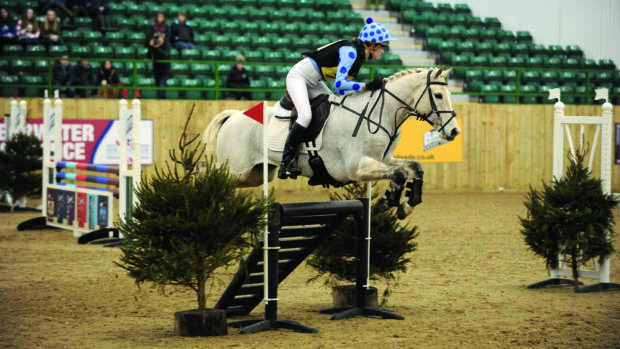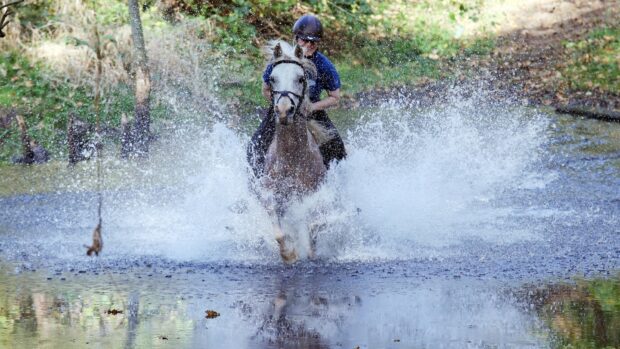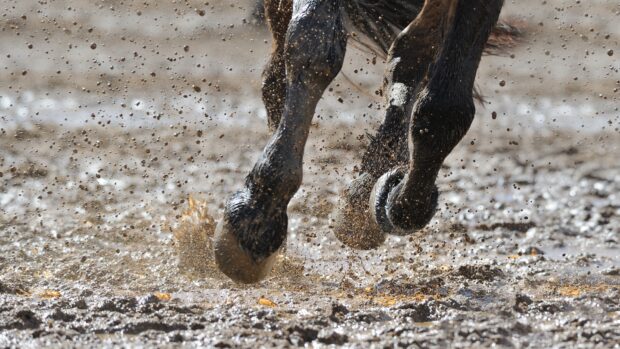Q: Having just relived the Olympic eventing competition on DVD, I would like to know how the time allowed for the cross-country and show jumping elements are determined.
It was evident that the time was tight in both phases and I understand it was altered in the cross-country. Can you explain this?
LS, Morayshire
The International Equestrian Federation (FEI) lays down set speeds in which the courses at different levels of eventing should be ridden, and optimum times and time limits are calculated based on these speeds.
For example, at a CCI**** such as the Olympics or Badminton, the cross-country should be ridden at 570 metres per minute (mpm). The course can be between 5,700m and 6,840m long.
Once the length of a particular course has been determined in metres (see below), this distance is divided by 570 to give the optimum time in minutes.
So a 5,700m course will have an optimum time of 10min, while a 6,840m track will have an optimum time of 12min. Riders clock up a 0.4 time penalty for every second over this.
The time limit is twice the optimum time — riders who exceed this are eliminated.
At lower levels, the speed expected is slower and the courses shorter — at a CCI* (the lowest level of international three-day event), courses of between 3,640m and 4,680m are ridden at 520mpm.
A similar process takes place in the show jumping, but the ground jury and technical delegate can alter the optimum time when up to five horses have jumped if they feel it is too easy or difficult, adjusting the time-penalties of the horses who have already jumped accordingly. In the show jumping, riders accrue one penalty for every second over the optimum time.
How long is the course?
The designer is responsible for producing a course within the correct length parameters for the level of competition. Once the course is complete, the technical delegate will measure the course accurately using a measuring wheel.
The technical delegate wheels the direct routes at fences where there are alternatives, and he should wheel the line the average horse and rider could take at this level.
Inevitably, human judgement means some courses are measured more tightly than others, making the optimum time harder to achieve. Factors such as terrain also come into play — the optimum time is normally more difficult on hilly courses than flat ones.
The Olympic scenario
At the 2008 Olympics, the cross-country optimum time was only 8min. Competitors were expecting a 10min course — this was a minute shorter than was allowed for most CCI**** competitions in 2008, although 2009 rules permit 10min courses at this level.
This shortened course was agreed by the FEI in deference to the climate in Hong Kong, but when competitors arrived, they found the course was only 8min, 2min shorter than they expected.
The FEI said the decision had been made to shorten the course in February due to horses struggling at the 2007 test event and poor preparation of horses at the 2007 European Championships in Italy.
This caused controversy because team managers and riders thought they should have been given accurate information in advance. Some of the New Zealand team felt they had spent money training in Europe unnecessarily when they could have prepared for a shorter course at home (news, 21 August 2008).
Information
www.britisheventing.com
This article was first published in Horse & Hound (22 January, ’09)



